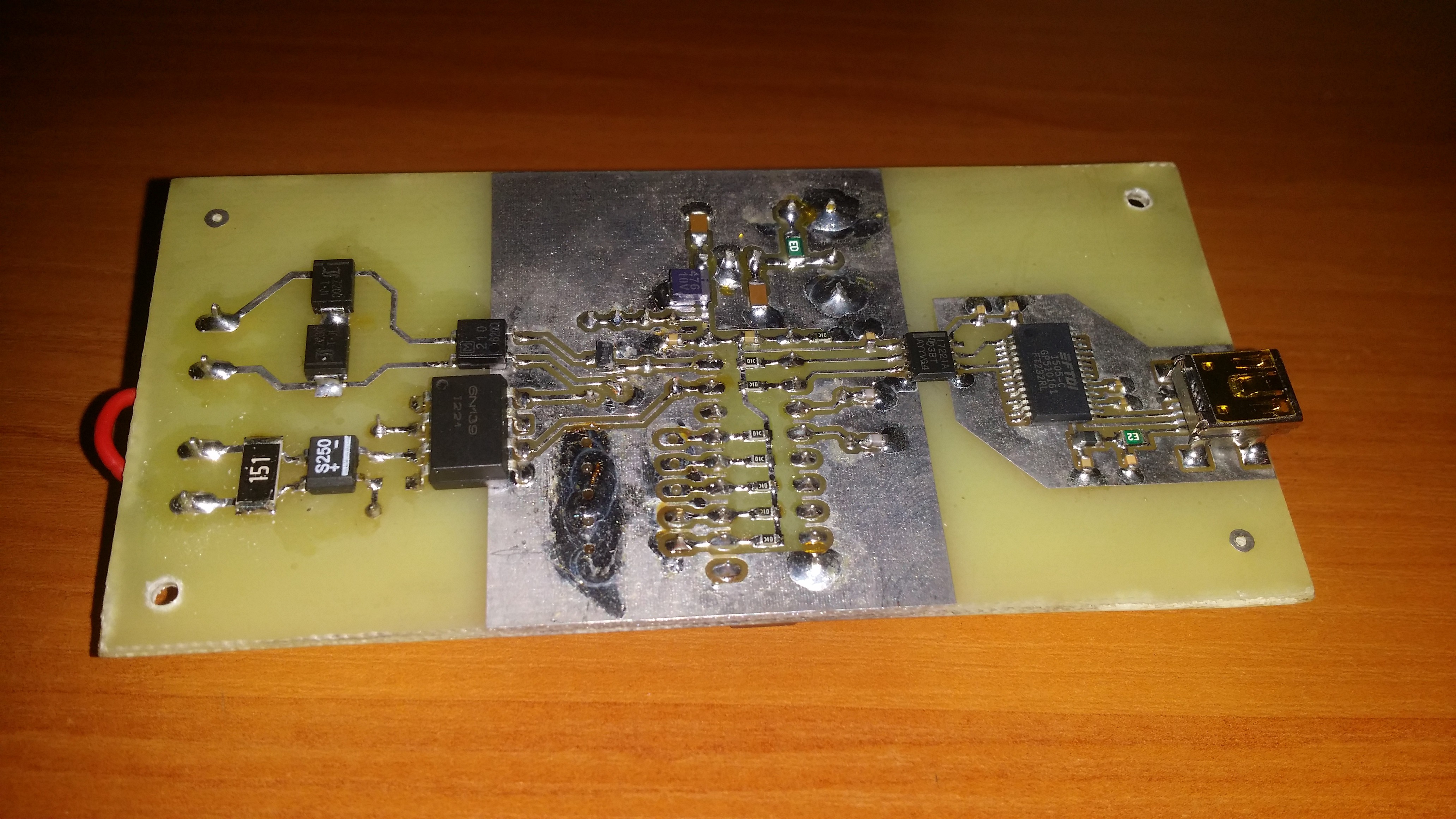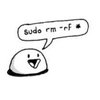I work in technical museum. Museum of Urban Engineering in Cracow (Poland) - to be precise. Few years ago we received a gift - a vintage T100 teletype, manufactured in Czechoslovakia in 1970s. Condition od the device was rather good and because we already had a similar teletype in our collection, I had been asked to investigate the possibility of running it as a interactive exhibit, rather than motionless artifact.
I began my experiments. Initially I constructed basic interface, allowing communication between USB port of modern PC and current loop of the teletype. I've used an old AT89C2051 microcntroller in in that initial version of my interface? Why? With no particular reason. I had couple of them lying in my drawer and wanted to use one of them for something constructive. It was a good opportunity. USB interface was provided by popular FTDI chip.

With that small device I was able to run initial tests of vintage teletype, using set of 9V batteries and high power resistors as a makeshift current loop generator. Soon I discovered that the module that supposed to switch devices motor automatically, after the change of current direction in the current loop (signal of the incoming transmission in Telex network) had been damaged. Repair turned out to be more problematic than I originally thought, so after consideration I decided to disassemble faulty part and simply use a relay to control the motor with microcontroller I/O line.
Final version of the interface uses PIC32MX270F265B microcontroller, interfacing with popular SIM800 GSM module. There is also a 2MB SPI flash inside, to store incoming texts, just as a backup for paper printout. Device is built into two separate casings. First one fits a current loop generator - simple transformer DC power supply with 5W resistor and potentiometer, limiting current to desired 40 mA. Second enclosure houses interface itself.
GSM connected teletype is now a part of new interactive exhibition. Visitors can observe working machinery after sending message to the given number.
Interface is also capable of receiving messages typed on the keyboard of the teletype, so theoretically it is possible to send messages with this vintage equipment, but this functionality haven't been implemented yet.
 Marek Więcek
Marek Więcek





I am going to make my old Cyrillic Yatran typewriter to work in the same way. Though Yatran never has a teletype functions, but I will add some more mechanical parts to it.